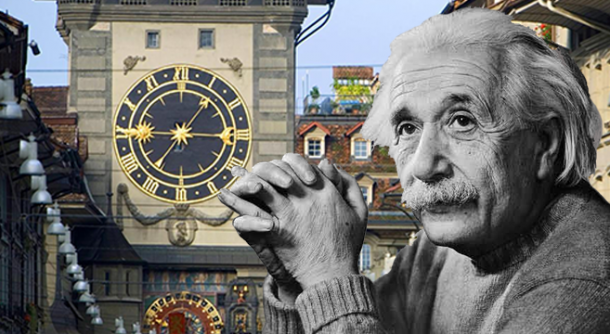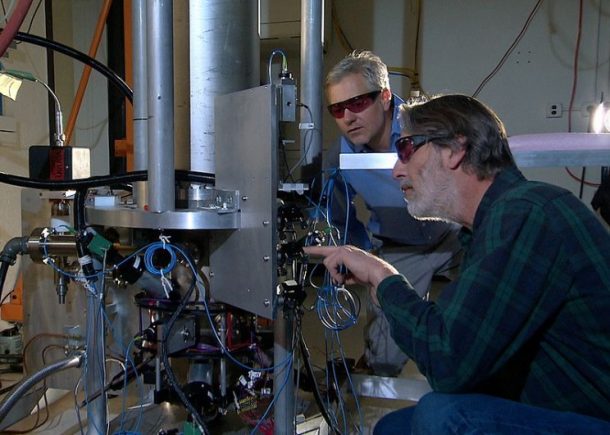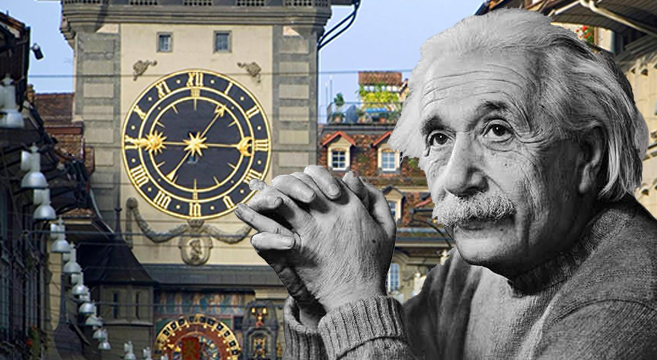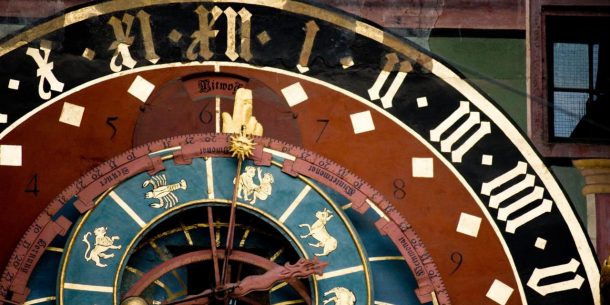Some of the brightest minds in physics decided to test Albert Einstein’s famous Theory of Relativity in 1999. They decided to test this in one of the most boring way possible. Researchers from the National Institute of Standards and Technology (NIST) in Boulder, Colorado took 12 world’s most accurate clocks and watched them for 14 years. The team has documented 450 million seconds and their work is indeed worth it.

The team lead Bijunath Patla and other members have successfully performed the world’s most accurate test of a key principle of Einstein’s famous theory. Einstein viewed Earth as a freefalling elevator. He presented a theory that objects found in a slow moving elevator will accelerate at the same rate almost like they were in a uniform gravitational field. Einstein also said that the properties of these objects are relative to each other and will stay the same during the fall. The study from NIST has made it possible to have continual improvements in atomic clocks by making use of the best atomic clocks around. NIST compared the data of ticks from two different styles of atomic clocks which were found throughout the world to show that they remained in sync for 14 years. Despite the fact that the gravitational pull from the elevator changed with Earth’s rotation and orbit.
The team gave a statement saying, “In their experiment, the NIST team regarded Earth as an elevator falling through the Sun’s gravitational field. They compared recorded data on the “ticks” of two types of atomic clocks located around the world to show they remained in sync over 14 years, even as the gravitational pull on the elevator varied during the Earth’s slightly off-kilter orbit around the sun. Researchers compared data from 1999 to 2014 for a total of 12 clocks — four hydrogen masers (microwave lasers) in the NIST time scale with eight of the most accurate caesium fountain atomic clocks operated by metrology laboratories in the United States, the United Kingdom, France, Germany and Italy.”

The team’s work also resulted in a record low number which is so small that it can align with Einstein’s prediction of zero for the said figure. The researchers said, “The researchers constrained the violation of LPI to a value of 0.00000022 plus or minus 0.00000025 — the most minuscule number yet, consistent with general relativity’s predicted result of zero, and corresponding to no violation. This means the ratio of hydrogen to caesium frequencies remained the same as the clocks moved together in the falling elevator.” The figures were more accurate than the previous best measurement. The improvement came from more accurate cesium fountain atomic clock and time transfer process. Patla said, “But the main reason we did this work was to highlight how atomic clocks are used to test fundamental physics; in particular, the foundations of general relativity. This is the claim made most often when clockmakers strive for better stability and accuracy. We tie together tests of general relativity with atomic clocks, note the limitations of the current generation of clocks, and present a future outlook for how next-generation clocks will become very relevant.”



